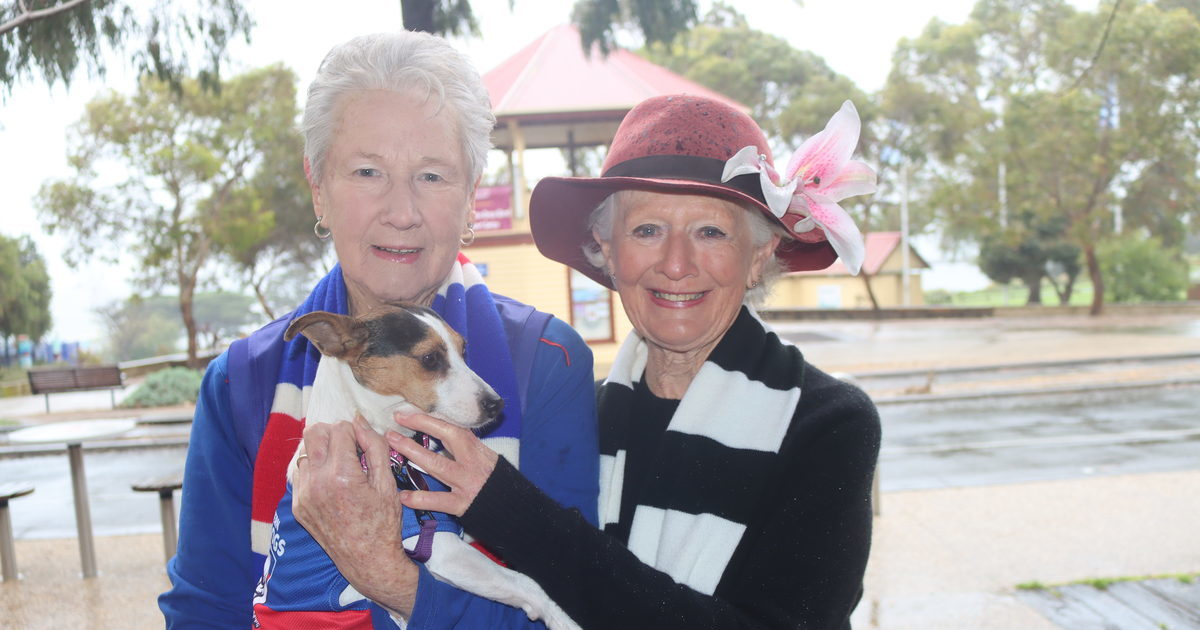Deakin to explore using AI to bring back the deceased

The Deakin University study will investigate how and when AI can be used to bring back the deceased. Photo: SUPPLIED
A DEAKIN University study will help to develop guidelines for how a person’s online profile should be managed after they die.
The first of its kind Australian Council-funded project will develop rules on how individuals interact with data left behind by their loved ones, celebrities and even enemies.
It was also dive into when and how “digital remains” are reanimated using Artificial Intelligence (AI).
Recent high-profile examples of reanimated data include media personality Kim Kardashian’s controversial 40th birthday gift from Kanye West, and the 2018 Parkland shooting, which was reanimated to advocate for gun control.
Project lead Associate Professor Patrick Stokes said deceased people leave behind a rich amount of data which could be used or abused.
“More people interact online or in digitally mediated ways than ever and we saw this trend accelerate during COVID-19,” he said.
“Audio and image files, social media accounts, emails and other digital information are digital remains that can be augmented by new and emerging technologies to revive the dead.
“This includes by feeding this data into chatbots like ChatGPT or creating deepfake images and videos.
“It can help cope with feelings of grief if a person feels they can see, speak, or interact with a loved one who is deceased using these technologies, but there are risks too.
“Reanimating the dead – or the living – as interactive multimedia avatars can enable misuse or exploitation of that person’s identity and damage their reputation, whether that person be a family member, friend, an ex-partner, or a stranger.”
Professor Stokes said governments, legal practitioners and social companies had until now treated the “digital dead” as a form of property.
He also noted recent data had showed the profiles were viewed more like a continuation of a deceased person’s legacy.
“This project will explore to what extent reanimated digital remains are regarded as being the dead person and what we owe that person’s memory when reanimating them,” he said.
“It is a project that seeks to get into the ears of policy makers, law makers and technology companies. Recommendations will provide clarity on what people can and can’t do with the digital dead so that a person’s memory and integrity are protected.”
The three-year project beginning in 2024 will feature stakeholder workshops as well as scholarly articles, policy discussion papers and media outreach.

















